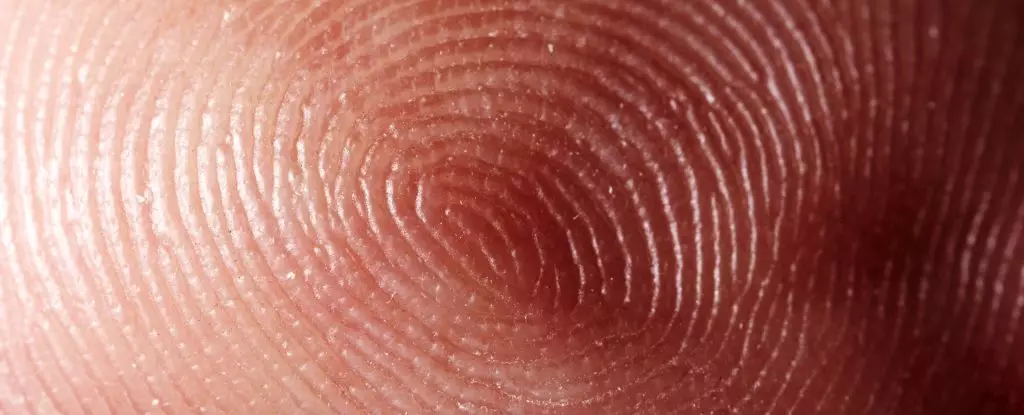For years, the human body has been a subject of fascination for scientists. Traditionally, when we think of bodily communication, we picture the rapid transmission of information through the nervous system, like the quick reflex that saves our hand from a hot stove. However, recent findings from researchers at the University of Massachusetts Amherst have uncovered a groundbreaking form of communication among epithelial cells—the thin yet vital layer of cells that form our skin and line our organs. Previously deemed ‘mute’, these cells engage in a slower, yet persistent, form of signaling that could transform the understanding of cellular communication and lead to revolutionary advances in medical technology.
The Significance of Epithelial Signals
The implications of epithelial cells relaying bioelectrical signals are monumental. This discovery redefines our perception of cellular capabilities and challenges long-standing theories in biomedicine. Foundational to this research are the insights of polymath Steve Granick and biomedical engineer Sun-Min Yu, who designed an innovative experimental setup to explore how these cells respond to injury. What they found was nothing short of miraculous: When damaged, epithelial cells engage in a form of communication akin to a slow, anguished scream, detecting and responding to danger over distances that were previously thought impossible, at speeds around ten millimeters per second. This slow-motion conversation signals a shift in the paradigm regarding how we understand cellular interactions and their roles in wound healing.
New Pathways to Healing
The results of this study are crucial in opening new avenues for therapeutic medical devices. Imagine wearable sensors or electronic bandages that respond to the bioelectrical signals produced by epithelial cells to enhance wound healing. Such devices could revolutionize treatment methods, allowing for quicker recovery from injuries while providing immediate feedback to medical professionals. The concept of epithelial cells “talking” to one another could pave the way for better-designed medical interventions that are more in tune with the body’s innate healing processes. This research thus reflects a significant step towards making biomedical devices that not only address injuries but also work in harmony with the body’s biological signaling pathways.
Ion Channels: The Gatekeepers of Communication
Central to this newfound understanding is the role of ion channels, which are critical for transcending the traditional interpretations of how cells send signals. In contrast to neurons, which react mainly to voltage or chemical changes, epithelial ion channels respond to mechanical stimuli such as pressure or stretching. This unique characteristic highlights how different cell types prioritize distinct forms of communication. Notably, the duration and stability of these signals surpass those seen in neuronal communication, with some interactions lasting up to five hours. Such prolonged “conversations” reopen the discussion about how we can leverage these biological processes in medical technology and regenerative medicine.
Challenges Ahead in Cellular Communication Research
Despite the excitement surrounding these findings, significant challenges remain. The exact mechanics behind this communication—such as the specific ions involved in the signaling process and whether diverse epithelial cell types exhibit different behaviors—remain unclear. It is imperative for researchers to delve deeper into these questions to fully harness the potential of this biological discovery. The study offers more than just a tantalizing glimpse into cellular communication; it emphasizes the necessity for comprehensive exploration into the underlying mechanisms. The prospect of answering these questions holds the key to unlocking a range of innovations in healthcare technology.
Fostering a New Era of Biomedical Technology
As we begin to unravel the intricate dialogue taking place between epithelial cells, the implications for biomedical technology are profound. The potential for developing tools that finely tune responses to the body’s own signaling mechanisms elevates the prospect of personalized medicine to uncharted heights. Investing in this vein of research could redefine how we treat wounds, manage injuries, and even influence broader healthcare strategies. Understanding the unique “screams” of epithelial cells may lead us into a realm of possibilities we never imagined and could ultimately establish a new timeline for healing, one where technology and biology work seamlessly together. The future of medicine is on the brink of a transformative leap, thanks to these unanticipated revelations from the cellular world.

